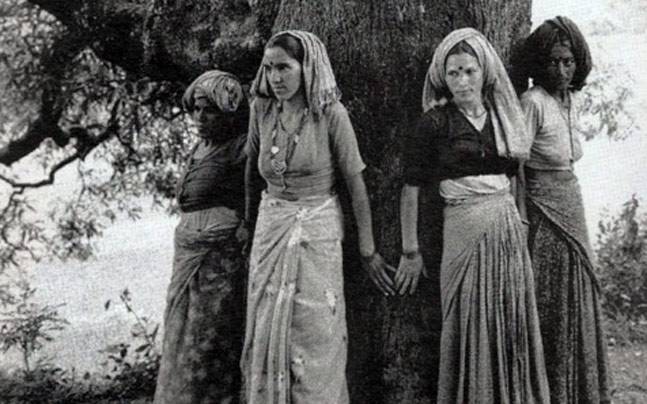Thirteenth in the series for 16 Days of Activism Against Gender-based Violence. Photo: NASA
December 7, 1972 – On the last Apollo mission to the moon, astronauts took a photo now known as the “Blue Marble” photo – very likely the most reproduced photo in history – the first ever “whole earth” photo.
As a much more recent astronaut – Karen Nyberg, the 50th woman in space — stated: “In the future, I would like to be more of an advocate for animal conservation. Every single part of the Earth reacts with every other part. It’s one thing. Every little animal is important in that ecosystem. [Seeing the planet from above] makes you realize that, and makes you want to be a little more proactive in keeping it that way. If I could get every Earthling to do one circle of the Earth, I think things would run a little differently.”
We will not all have an opportunity to go into orbit, and if Karen is right, our planet is the worse off for it. Too many of us interpret the biblical assignment of “dominion over the earth” to mean “domination” rather than “stewardship.” But we can all take action to halt both the violence against women and the violence against the Earth.
Women have been in the lead of the environmental movement from the start. Rachel Carson wrote the 1962 book Silent Spring which many credit with launching the entire global environmental movement. In fact, one of my mentors credits that book with launching women’s ongoing engagement with the UN system to force world leaders to confront global issues. Another high profile woman at the UN was the late US Congresswoman Bella Abzug who co-founded and led WEDO – the Women’s Environmental and Development Organization – which still continues that legacy today.

The Chipko Movement – known globally as the “tree huggers” in the Indian Himalayas – is an inspiring example of how indigenous (tribal) grassroots women literally put their bodies on the line to preserve the forests from government-sanctioned logging. The modern chipko movement dates to 1973, but it has a history going back, according to Indian Express, to 1730 AD when in Khejarli village of Rajasthan, 363 people of the Bishnoi tribe sacrificed their lives to save khejri trees.
In communities around the world, women have been the traditional guardians of nature. In our lifetime, real champions for the earth have included Nobel Prize winner Wangari Maathai. Her Green Belt Movement has planted more than 30 million trees on public and private land.
In 2017, “the Women’s Earth and Climate Action Network (WECAN) brought together indigenous women from around the world to discuss the effects of climate change in their communities and their work towards sustainable solutions.”
There is strong theoretical background linking women’s rights and environmentalism. In 1974, the French feminist Fraçoise d’Eaubonne published her book Le Féminism ou la Mort which linked male oppression of women to oppression of the earth and coined the term Ecofeminism. In 1993, Maria Mies and Vandana Shiva published the book Ecofeminism, which carried the analysis further to critique modern science and capitalism as reflecting this same patriarchal mindset.
In his address at the second International Conference on Nutrition, Pope Francis quoted one of his mentors as having echoed a theme of gender and environmentalism – “God the Father may always forgive you, but if you damage the climate, Mother Nature will kill you!”
Gender-based violence extends beyond the brutality against women and girls, to violence against Mother Earth. We must all take action to protect her.


